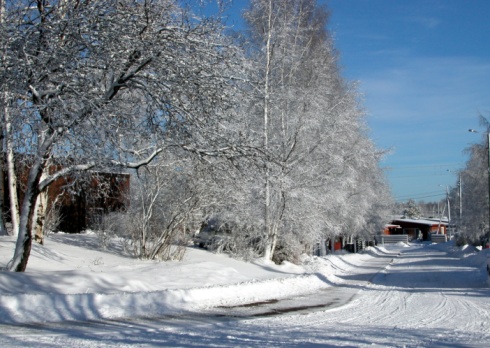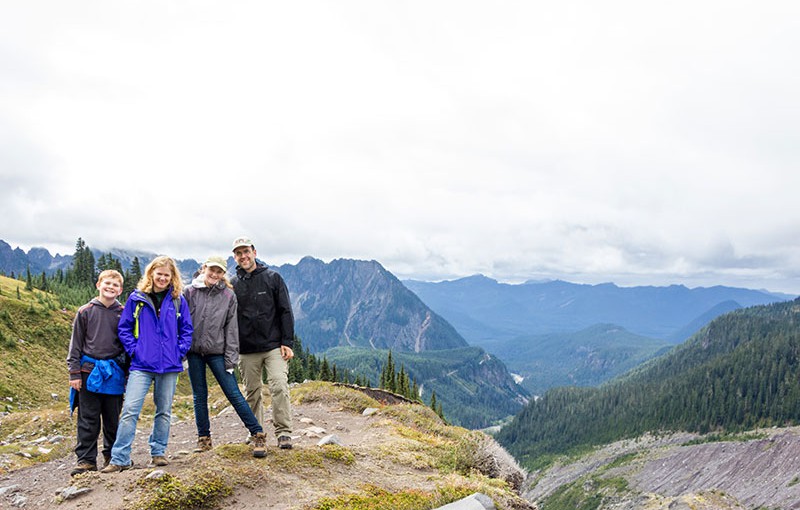Category: National Center for Environmental Health
Be Prepared to Stay Safe and Healthy in Winter

Winter storms and cold temperatures can be hazardous. Stay safe and healthy by planning ahead. Prepare your home and cars. Prepare for power outages and outdoor activity. Check on older adults. Read More >
Posted on by Leave a commentTracking Program Maps Radon Exposure in Washington State

According to the U.S. Environmental Protection Agency (EPA), radon causes about 20,000 cases of lung cancer each year, making it the second leading cause of lung cancer after smoking. Radon can seep up from the ground and become trapped in buildings. The EPA recommends taking action to reduce radon in buildings that have a radon Read More >
Posted on by Leave a commentMartin Luther King Jr. and Environmental Justice: A Leader Ahead of His Time

Every year we celebrate the legacy of Dr. Martin Luther King Jr. and his work toward social justice, civil liberties, and equal rights for all. His actions, including civil disobedience and passive resistance, led to widely known legal achievements such as the Civil Rights Act of 1964 and the Voting Rights Act of 1965. Might Read More >
Posted on by Leave a commentFolic Acid

January 3-9, 2016, is National Folic Acid Awareness Week. This blog post explains the importance of folic acid in the diet of women who may become pregnant and the significance of folic acid research and biomonitoring by NCEH’s Environmental Health Laboratory. A couple of decades ago, about 4,000 babies were born each year with neural Read More >
Posted on by Leave a commentNewborn Screening: Lives Saved and Dances Danced

“It’s ok to have MCADD! You can do whatever you want!” says five-year-old Karina Martinez, happily. Background People with medium chain acyl-CoA dehydrogenase deficiency (MCADD) cannot burn fat for energy. Our bodies rely on fat for energy when we don’t eat for a while, such as when we miss a meal, or when we sleep. Read More >
Posted on by Leave a commentNCEH/ATSDR – Top 10 “Your Health, Your Environment” Blog Posts of 2015

As this year draws to a close, perhaps you’ve realized you didn’t get a chance to read all of the “Your Health, Your Environment” blog posts. To help you get caught up, here are the ten most popular posts of 2015: Some of the Biggest Problems Sometimes Have the Simplest Solutions Some of the Biggest Read More >
Posted on by Leave a commentBe Prepared to Stay Safe and Healthy in Winter

Winter storms and cold temperatures can be hazardous, but if you plan ahead, you can stay safe and healthy. Prepare your home and cars. Prepare for power outages and outdoor activity. Check on older adults. Read More >
Posted on by Leave a commentMeet the Scientist: Lora Siegmann Werner

Lora sees herself carrying on an open door tradition started by the founder of the ATSDR Region 3 office, Charles “Bucky” Walters. Back in the early days when ATSDR was first developing approaches to evaluating chemical exposures in communities, “anyone in EPA could come in and we would do our best to help them.” Read More >
Posted on by 2 CommentsLead Free Kids: National Lead Poisoning Prevention Week 2015

Sam and Louisa Carmichael had their first child just one month ago, and now they have bought their first home--a 1910 Craftsman bungalow. They want to do some renovation before moving in, but they know that older homes often contain lead paint and that lead exposure is harmful to children… lead poisoning is entirely preventable. The key is stopping children from coming into contact with lead and treating children who have been poisoned by lead. Learn more about preventing childhood lead exposure. Read More >
Posted on by 1 CommentPrevent Carbon Monoxide (CO) Poisoning

Daylight Savings Time begins Sunday, November 1, 2015. As you prepare to set your clocks back one hour, remember to check the batteries in your carbon monoxide (CO) detector. If you don’t have a battery-operated or battery back-up CO detector, now is a great time to buy one. At least 430 people die each year Read More >
Posted on by Leave a comment
